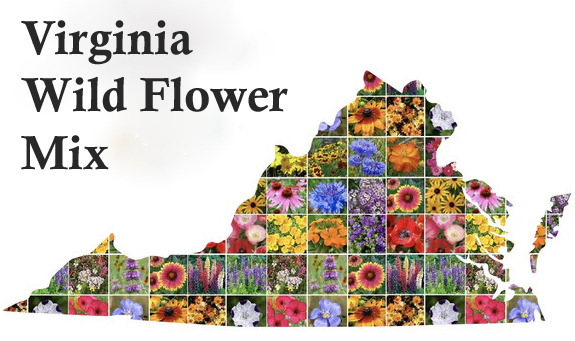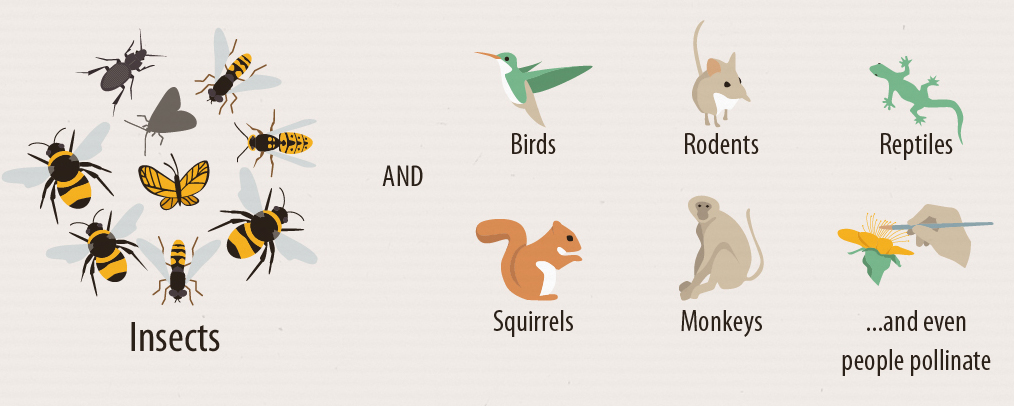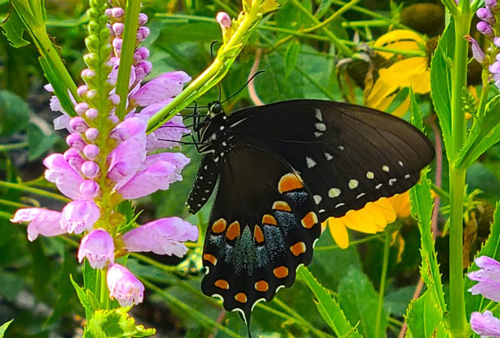
A native plant is one that has evolved in a particular place and continues to inhabit that geography in the wild.
1. Native Plants Are Easier To Maintain Than Non-Native Plants.
They depend on the local environment and less on human support.
2. Native Plants Provide Food and Shelter for Local Wildlife.
Because these plants have evolved in their habitats over millennia, the organisms around them have also evolved to eat, find shelter in, and otherwise rely on these specific native plants.
3. Native Plants Need Less Chemical Treatment.
4. Native Plants Can Improve Air Quality – Long-living trees such as maples and oaks are great for pulling carbon dioxide from the air and storing it.
5. Native Plants Tend To Use Less Water.
Another advantage of these plants is that they can reduce a significant amount of water runoff and help reduce flooding.
6. Native Plants Provide Nectar for Pollinators – Native pollinators such as bees, butterflies and hummingbirds feed on the nectar that their local plants provide. Almost 40% of all animals on Earth are insects, and they rely on native plants Likewise, plants rely on pollinators to fertilize them so they can grow.
7. Native Plants Help Prevent Soil Erosion – Many of these plants have deep root systems that can stabilize your soil and keep it from shifting.



 on the toolbar for larger text.)
on the toolbar for larger text.)
